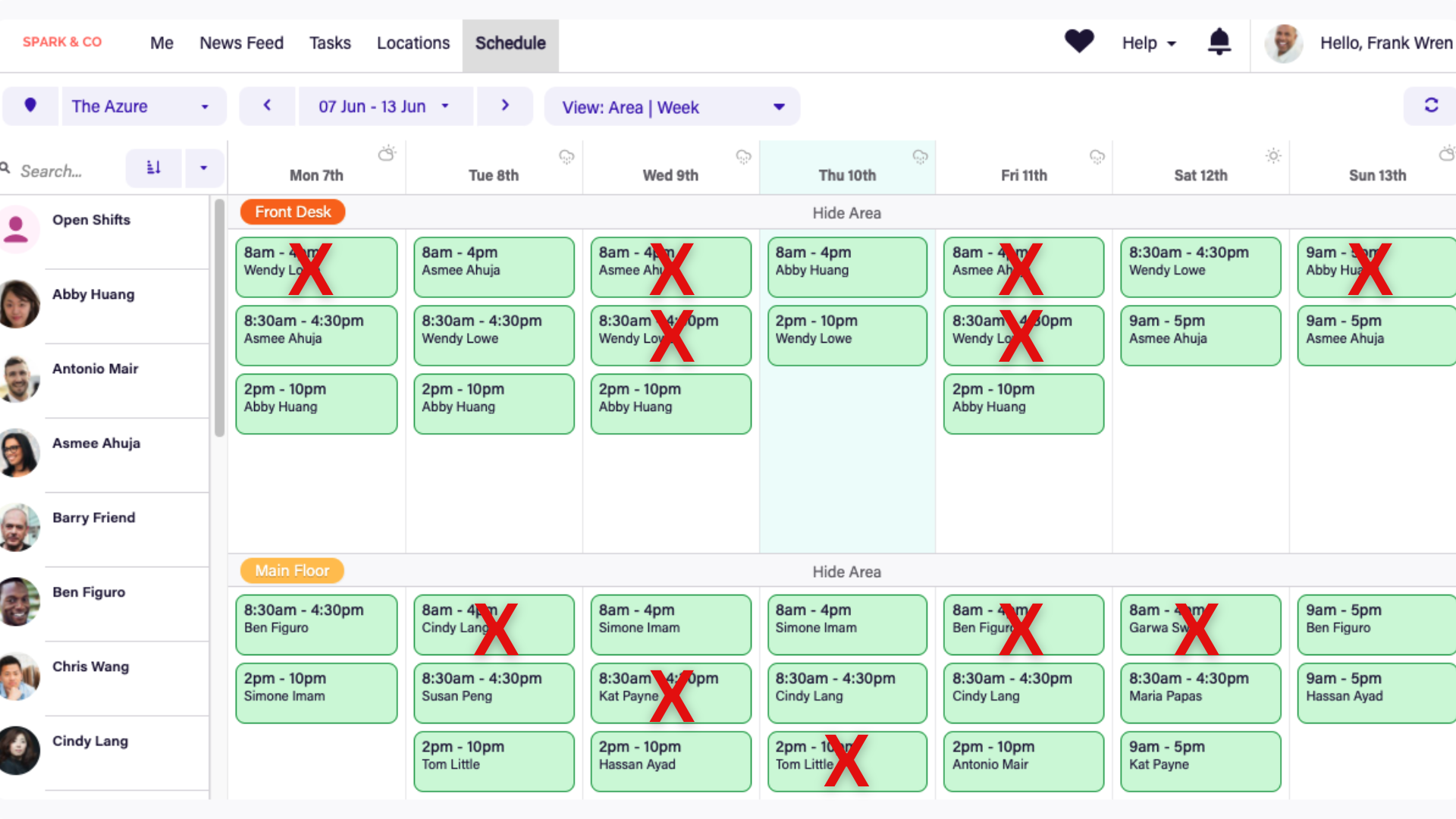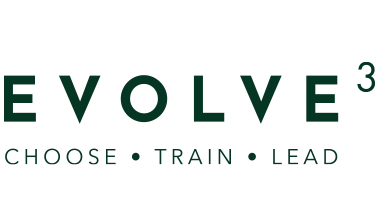
06 Aug Why cutting the roster to fix high wage costs might not be the best solution
Controlling wage costs is often the most challenging financial responsibility for hospitality team leaders.
If wage costs are too high as a % of revenue, you need to be extremely careful with how you try to bring them under control.
Most leadership staff when confronted with a directive from management to reduce labour costs will tend to trim the roster. It seems logical, roster less staff, reduce wage costs.
Sometimes, this is necessary and might solve the problem. Maybe there are too many staff rostered on for the forecast revenue? Or the staffing mix is not right, meaning there’s an excess of senior level salaried staff on the roster, pushing the wage costs higher than they need to be.
Before going on a roster cutting exercise, it’s helpful to consider that wage costs can be broadly categorised into productive and non-productive wages.
Understanding the distinction between these two types of wages and their impacts on the business is key to managing them effectively.
Productive wage costs refer to the wages paid for hours directly contributing to the revenue-generating activities of the business. For most hospitality businesses, this includes the wages of staff who are actively engaged in serving customers, preparing food & beverages, and performing other essential duties that directly affect the customer experience and sales.
Cutting productive hours can lead to reduced food, beverage & service standards, poor customer satisfaction, and a reduction in revenue and profitability.
Non-productive wage costs are wages paid for hours that do not directly generate revenue. These include time spent on recruitment & selection, onboarding and training, general administrative tasks, and any other duties that support the operation but are not directly tied to customer service or product output.
The effect of high staff turnover. This is the issue that causes more grief than everything else combined. If you’re constantly losing staff and having to replace them, it’s likely that your non-productive wages will blow out. Senior staff go into crisis mode as they now don’t have enough staff to fill the roster. They often end up emergency rostering themselves on shift to prop up the team. This leads them to have less time available to recruit, onboard and train effectively, amplifying the staff turnover issue. It will often inflate the productive wage costs as there’s now too many senior staff rostered on shift. It’s the classic Catch 22.
If this situation is ongoing, it can lead to more staff turnover as the leadership team becomes increasingly stressed, and not able to fulfil their management responsibilities properly. Recruitment efforts degenerate into ‘warm body hiring’ – no real assessment of whether a candidate is truly suitable for the role, just desperately wanting names on the roster. It’s likely that onboarding and training gets shortcut or ignored completely. If you’ve ever experienced this, you know how demoralising and demotivating it is. Standards slip, head spend drops, your reputation suffers. Revenue and profitability take a hammering.
When the problem is rooted in non-productive wages, cutting productive hours is a misstep. The focus should instead be on more careful recruitment & selection to ensure that you slow down unnecessary staff turnover. You may need to address training and leadership issues as well.
Take away: Getting recruitment & selection, onboarding and skills training and positive team leadership strategies in place is the most effective long-term solution to stay in control of your wage costs while ensuring positive customer perception, product and service delivery. Get in touch for a no obligation 30-minute discovery session if you’d like to find out how we can help.



